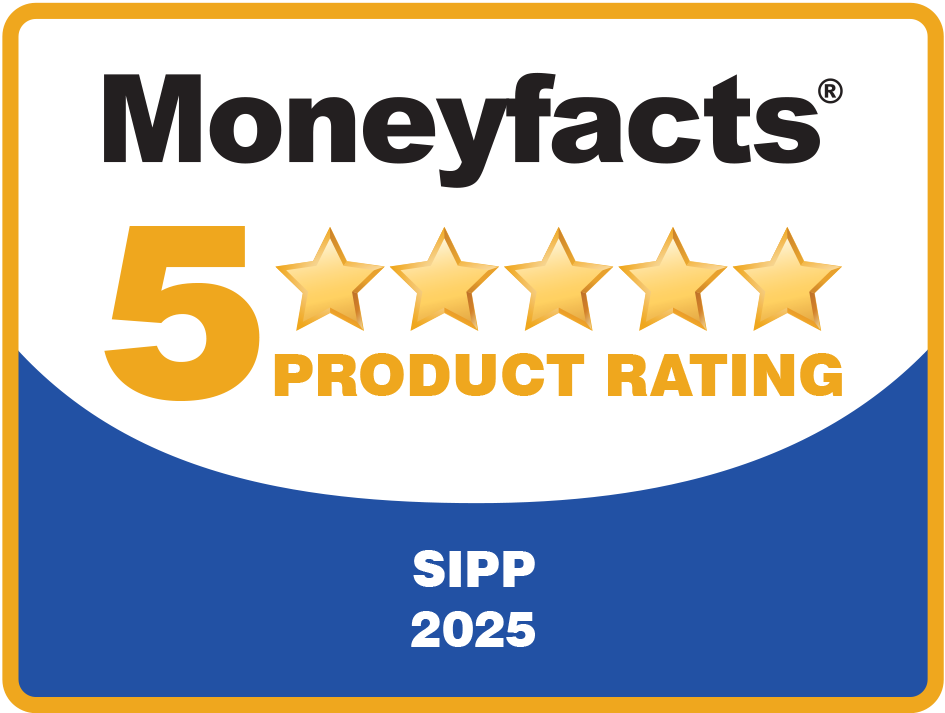The Top 5 items on our Christmas wish list this year
Recent years have seen fewer changes to pension and SIPP (Self-Invested Personal Pension) legislation than we’ve historically been used to. While this lack of tinkering has been welcome, it doesn’t mean that there aren’t areas in which we would still like to see change.
April 2006 saw the introduction of Pension Simplification at A-Day (who remembers that!?). The idea behind this was that the raft of various pension legislation that had built up over the previous years would be combined into one simplified regime.
The changes were radical and well-intended. However, the subsequent years saw many amendments to the rules introduced on A-Day, which has once again left us with a range of pension complexities.
So, given it is December time and we’re all busy writing our Christmas lists, we thought we would share with you our top five pension-related matters we would like addressed in 2020.
1. Lifetime Allowance
Originally introduced in 2006 at £1.5m, the Lifetime Allowance (LTA) was designed to be an upper limit on tax-efficient pension savings. The original idea was that the LTA would increase each year, up to £1.8m in 2011, to reflect the fact that the level of contributions that could be made to pensions was significantly greater than had previously been possible.
So as not to unfairly penalise those who had built up pension savings in excess of £1.5m by 2006, ‘primary’ and ‘enhanced’ protection was introduced. This ensured that clients would not be subject to tax charges on benefits held in excess of the LTA when they come to take benefits, subject to certain criteria.
However, after the 2011/12 tax year, both the Annual Allowance (the maximum amount of tax relievable contributions that could be paid) and the LTA started to decrease. Between 2011/12 and 2017/18 the LTA reduced from £1.8m to £1m. These decreases saw the introduction of various other forms of protection to the LTA introduced to help those clients who had built up pension benefits in excess of the reduced LTA amounts.
Although the LTA now increases annually in line with CPI, the reductions in the LTA from 2012 and the subsequent introduction of the various forms of protection have left a confusing situation for clients and advisers. We would like to see this simplified.
Also, we question whether the LTA in its current form is appropriate. When introduced in 2006, the Annual Allowance was £215,000, so someone with the necessary means could accumulate pension benefits to the LTA relatively quickly. Now with the annual allowance at £40,000, this is not so much the case.
2. Tapered Annual Allowance
The Tapered Annual Allowance (TAA) is a reduction in the standard Annual Allowance for those individuals with an adjusted income in excess of £150,000.
For every £2 over £150,000 of adjusted income, the client’s Annual Allowance reduces by £1, to a minimum of £10,000 for those clients with adjusted income of £210,000 or more. Also, employer contributions can count as adjusted income. So, by paying an employer contribution, this can then reduce the client’s Annual Allowance which gives rise to a tax charge.
Confused? We are! The TAA rules are some of the most complex that we speak to our advisers about. Is it really necessary? If the government are worried about high earners accessing tax relief on pension contributions, then surely lowering the standard Annual Allowance for everyone is a more sensible approach?
The TAA also puts self-employed individuals in a difficult position. How is a self-employed person supposed to make pension savings when they will not know what their income is for that year? If a client is prudently making pension contributions and then has an increase in earnings towards the end of the tax year, a TAA tax charge could apply based on the contributions previously paid.
The TAA is a topical talking point, with many high-earning public sector workers unwittingly incurring TAA tax charges, most notably those who are members of the NHS pension scheme.
3. Permitted Investments
Before A-Day, HMRC had a ‘permitted investment’ list which all SIPP operators had to work with.
Simply, if a client wanted to make an investment that was not on that list, it could not be made. At A-Day, the permitted investment list was removed and was replaced with tax charges on certain investments that HMRC didn’t like; residential property being an example.
It could be argued that this was the start of SIPPs making investments into unsuitable assets, as has been well documented in the press over the last few years. Reintroducing a permitted investment list would give all parties clarity on what assets can be held.
In 2007, the SIPP industry became regulated by the FCA. Since this time, the regulator has taken an interest in the investments made within SIPPs and the controls SIPP operators have around this. In 2016, the FCA introduced a new capital adequacy regime for SIPP operators, which included the introduction of ‘non-standard assets’ for SIPPs. The more non-standard assets a SIPP operator holds, the more capital needs to be retained in the company.
The definition of ‘non-standard assets’ captures a lot of the unregulated, illiquid investments that were causing issues for clients, advisers and SIPP operators. Put simply, if an asset cannot be realised in 30 days, it is non-standard.
However, there are unintended consequences to this. For example, third-party deposit accounts with a term over one month can be deemed non-standard. To us, it seems crazy that a 90-day notice account can be categorised in the same bracket as some well-publicised, failed investments. So, we would like to see this addressed.
4. Money Purchase Annual Allowance
The Money Purchase Annual Allowance (MPAA) is a reduction in the Annual Allowance for those clients who have accessed flexible pension benefits. This impacts anyone that has taken an income from a flexi-access drawdown arrangement or was in flexible drawdown before 2015.
From 2015/16 to 2016/17 the MPAA was £10,000. From 2017/18 this was reduced to £4,000.
To us, the MPAA is an unnecessary complication. Most clients who have previously or who are flexibly accessing income from their SIPP are in the decumulation phase and, as such, will not be making large contributions.
And if someone has taken a one-off lump sum for whatever reason, should they then be prevented from continuing to make significant pension provision in the future?
5. Partial Transfers from Defined Benefit Arrangements
Transfers of defined benefit (DB) arrangements to defined contribution arrangement such as SIPPs has been a well-publicised topic of late. In line with most other SIPP providers, IPM has seen a significant decrease in the number of DB transfers over the last 18 months. However, this is something we are still speaking to our advisers about.
At present, it is not possible to partially transfer benefits held on a client’s behalf in a DB scheme to a SIPP. Why is this?
Being able to do so could help clients who wish to flexibly access part of their retirement savings but, at the same time, retain the security that a DB arrangement gives them. At the moment the only option would be to take a cash equivalent transfer value of their benefits from the DB scheme, meaning that all their pension benefits are now in a defined contribution arrangement.
The FCA’s starting point for DB transfers is that these are usually not in the client’s best interests. By allowing a partial transfer of benefits, this gives clients the best of both worlds.
Get in touch
If you want to have a chat about the potential of SIPPs for your clients, or any other aspects of pension planning, please contact us. Email info@ipm-pensions.co.uk or call 01438 747 151.



